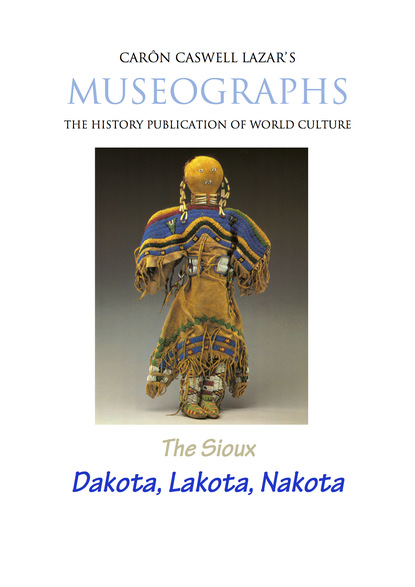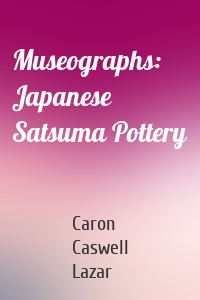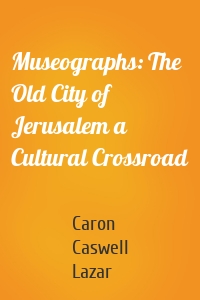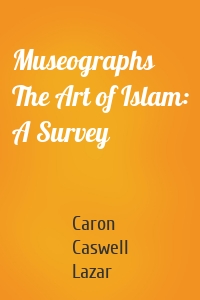
Museographs The Sioux: Dakota, Lakota, Nakota скачать fb2
Caron Caswell Lazar - Museographs The Sioux: Dakota, Lakota, Nakota краткое содержание
Amid the armed conflict and broken treaty signings of nineteenth-century America, the highly successful horse culture of the plains, the Sioux Indians clutched to their way of life. Composed of three major groups and spread over six states, the Sioux represent a community divided. Much of their traditional world view and custom was overshadowed by the white man's quest for the dominance of Western civilization. Still, a highly developed sense of tribal pride coupled with a warrior spirit has safeguarded the Sioux against complete assimilation and cultural elimination.<br><br>Chronicle this Western tribe's enduring history with The Sioux. Understand the true scope of the white man's debilitating influence, which while leading initially to a richer vocabulary, a more practical economic system, and lasting contributions to traditional dress, was also later responsible for the horrific 1890 Wounded Knee Massacre.<br><br>Though such imposed change might have permanently crushed the spirit of a people, the Sioux have seen a cultural renaissance and thrive today on seven reservations throughout the United States and Canada. Traditional practice has resumed its place in such events as the modern Powwow and the Grass Dance. Costumes originating in the nineteenth-century reflect ethnic vitality and bear the graceful integration between tribal materials and European trader goods to the present. Most importantly, that warrior spirit remains replenished and unshaken, proving a valuable lesson in conquering adversity and in the self-assertion of both individual and collective identities of a people.
Скачать книгу «Museographs The Sioux: Dakota, Lakota, Nakota» Caron Caswell Lazar
Чтобы оставить свою оценку и/или комментарий, Вам нужно войти под своей учетной записью или зарегистрироваться







